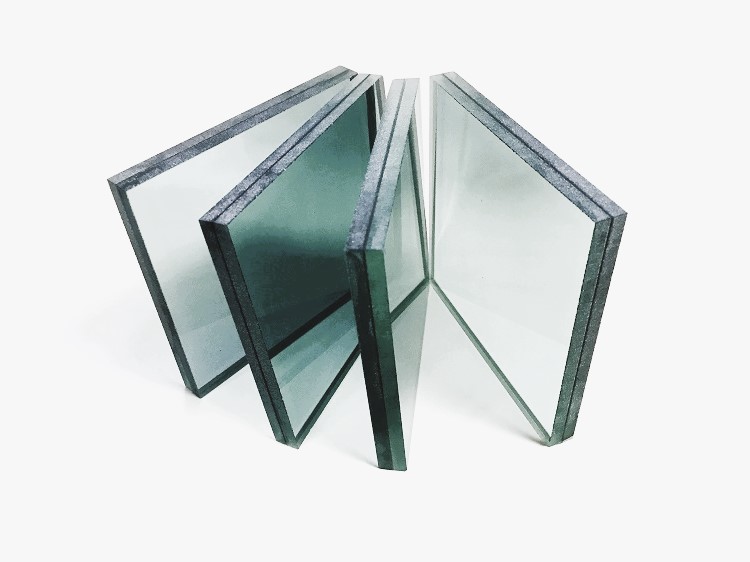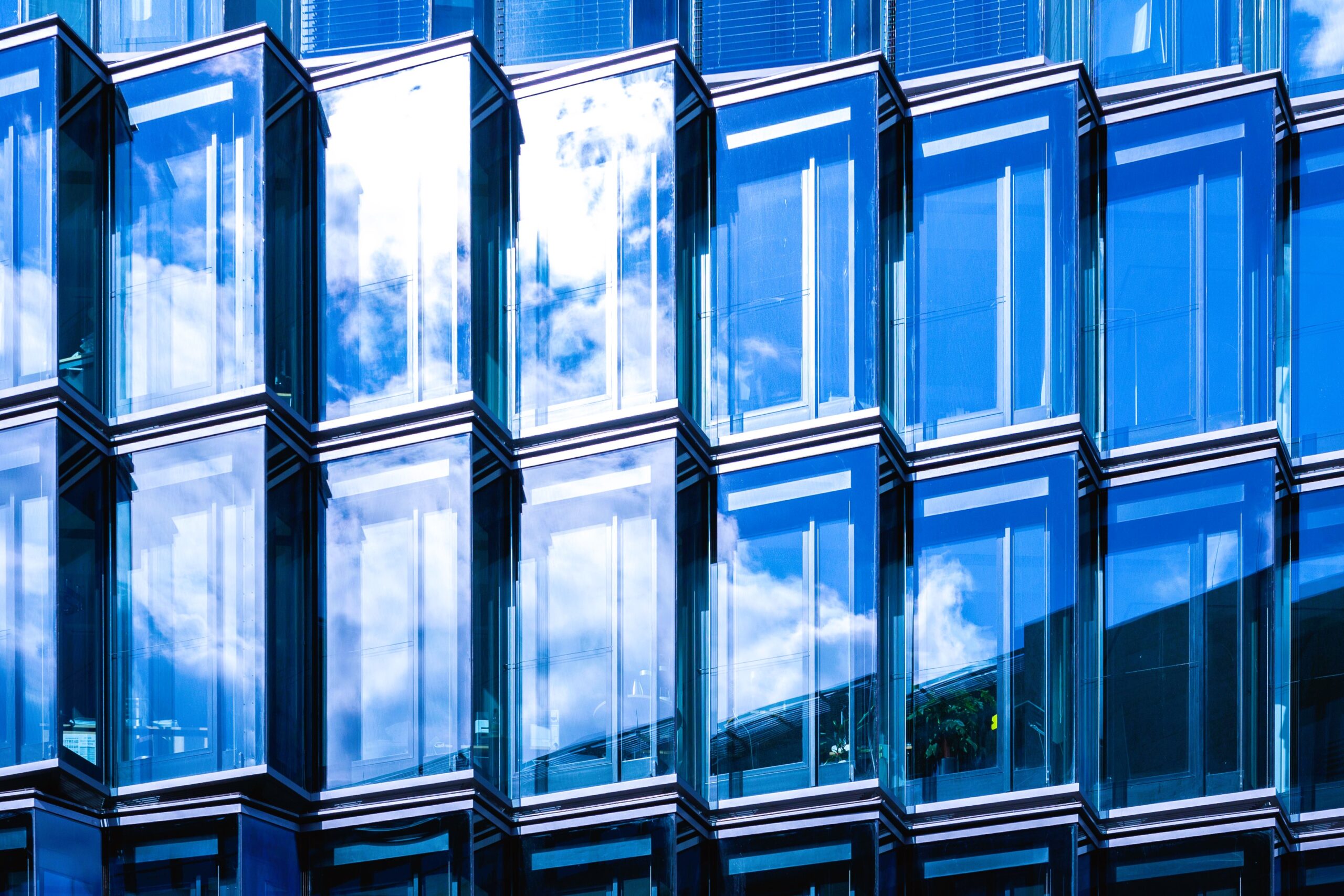Glass is a versatile material that plays a crucial role in various industries, including construction, automotive, and electronics. With its transparent and brittle nature, glass has become an integral part of our daily lives. However, not all glass is created equal. Different types of glass are designed to meet specific requirements and possess distinct characteristics. In this article, we will explore some of the most common types of glass and delve into their unique properties and applications.
- Float Glass: Float glass, also known as flat glass, is the most widely used type of glass in the world. It is produced by floating molten glass on a bed of molten metal, usually tin, resulting in a perfectly flat and uniform surface. Float glass is renowned for its excellent optical clarity, making it ideal for windows, mirrors, and display panels. Additionally, it offers good resistance to chemicals and environmental factors, making it suitable for outdoor applications.
- Tempered Glass: Tempered glass, also referred to as toughened glass, is specially treated to increase its strength and durability. It undergoes a process of controlled heating and rapid cooling, which creates high internal stresses, making it up to five times stronger than regular glass. When tempered glass breaks, it shatters into small, granular pieces, reducing the risk of severe injuries. Due to its safety features, tempered glass is commonly used in shower doors, automobile windows, and glass table tops.
- Laminated Glass: Laminated glass is composed of two or more glass layers bonded together with a layer of polyvinyl butyral (PVB) or ethylene-vinyl acetate (EVA) interlayer. This interlayer holds the glass together when shattered, providing enhanced safety and security. Laminated glass also offers excellent sound insulation and UV protection. It is widely used in the construction of buildings, especially for windows in areas prone to high winds, as well as in the automotive industry for windshields.
- Insulated Glass: Insulated glass, also known as double glazing or insulated glazing units (IGUs), consists of two or more glass panes separated by an air or gas-filled space. The sealed space acts as an insulator, reducing heat transfer and providing better thermal efficiency. Insulated glass helps in maintaining a comfortable indoor temperature, reducing energy consumption, and minimizing condensation. It is commonly used in windows and doors of residential and commercial buildings. Design and Style of Window Materials in Ontario: Combining Aesthetics and Functionality.

- Wired Glass: Wired glass is a type of safety glass that has a network of metal wires embedded within it. These wires help hold the glass together when it breaks, preventing it from shattering into large, sharp pieces. Wired glass provides fire resistance and is commonly used in fire-rated doors and windows, as well as in areas that require additional security and impact resistance.
- Tinted Glass: Tinted glass is produced by adding small amounts of metal oxides to the glass composition during the manufacturing process. This gives the glass a specific color and also helps in reducing the amount of sunlight and heat transmitted through it. Tinted glass is commonly used in windows, doors, and skylights to control glare, improve energy efficiency, and enhance privacy.
- Frosted Glass: Frosted glass, also known as etched glass, has a translucent or opaque appearance due to its surface being treated with acid or sandblasting. This treatment creates a textured or patterned surface, allowing light to pass through while obscuring direct visibility. Frosted glass is frequently used in doors, windows, partitions, and decorative applications where privacy is desired without sacrificing natural light transmission.
These are just a few examples of the many types of glass available today. Each type offers distinct properties that make it suitable for specific applications. From the clarity of float glass to the strength of tempered glass and the safety features of laminated glass, the versatility of glass continues to expand its potential in various industries.
For more information on glass standardization, you can visit the following websites:
Understanding the different types of glass and their characteristics is essential for selecting the right glass for a particular application. Whether it’s for safety, energy efficiency, aesthetics, or functionality, the wide range of glass options available ensures that there is a suitable choice for every need.

